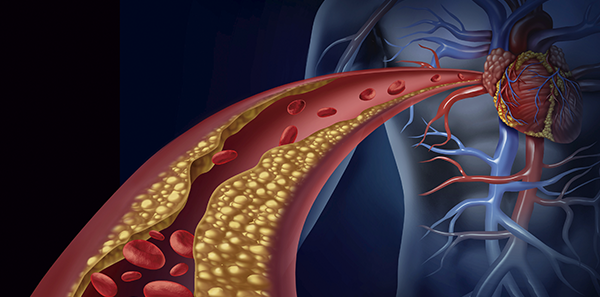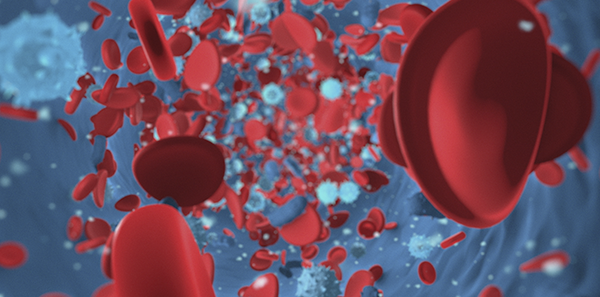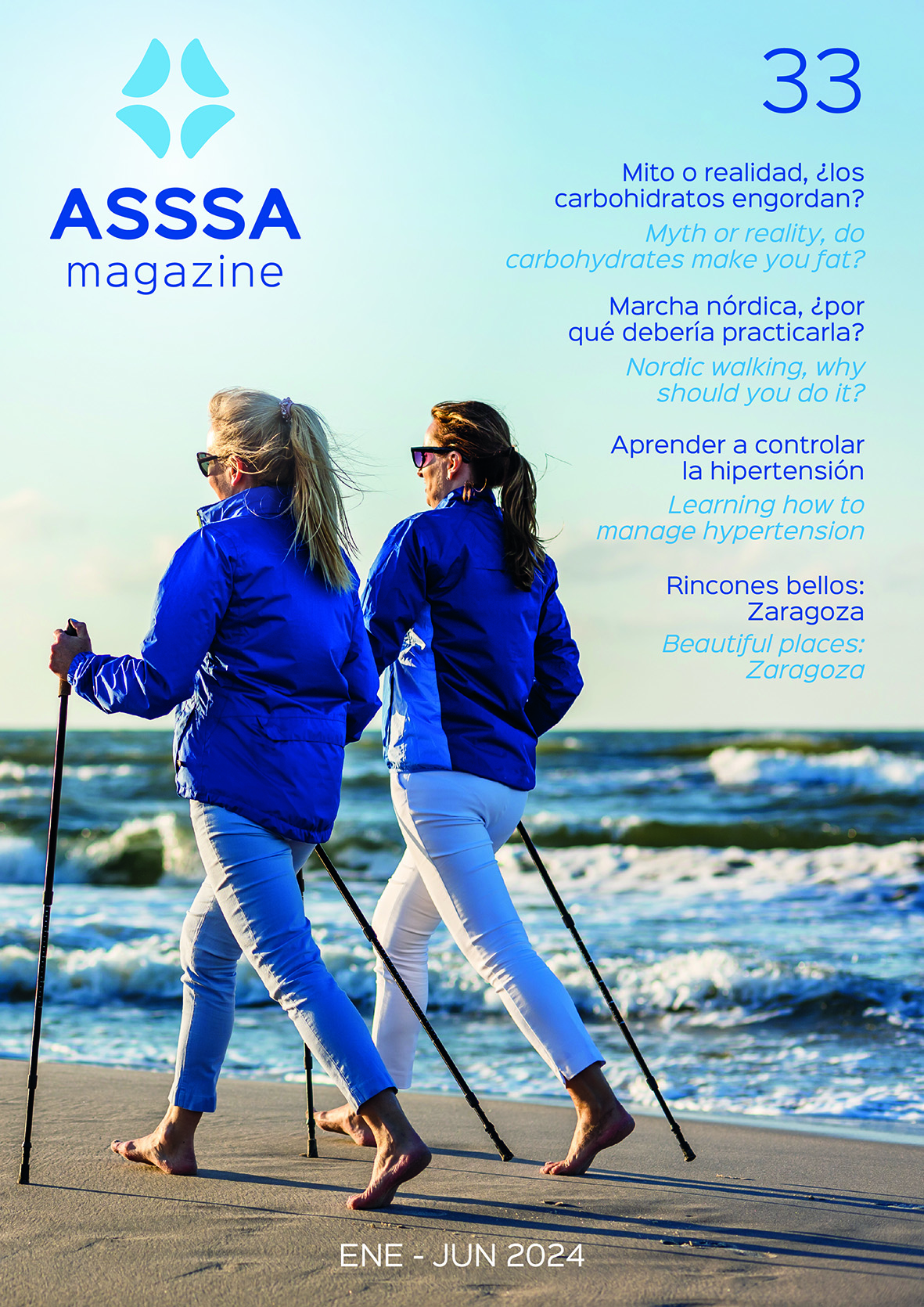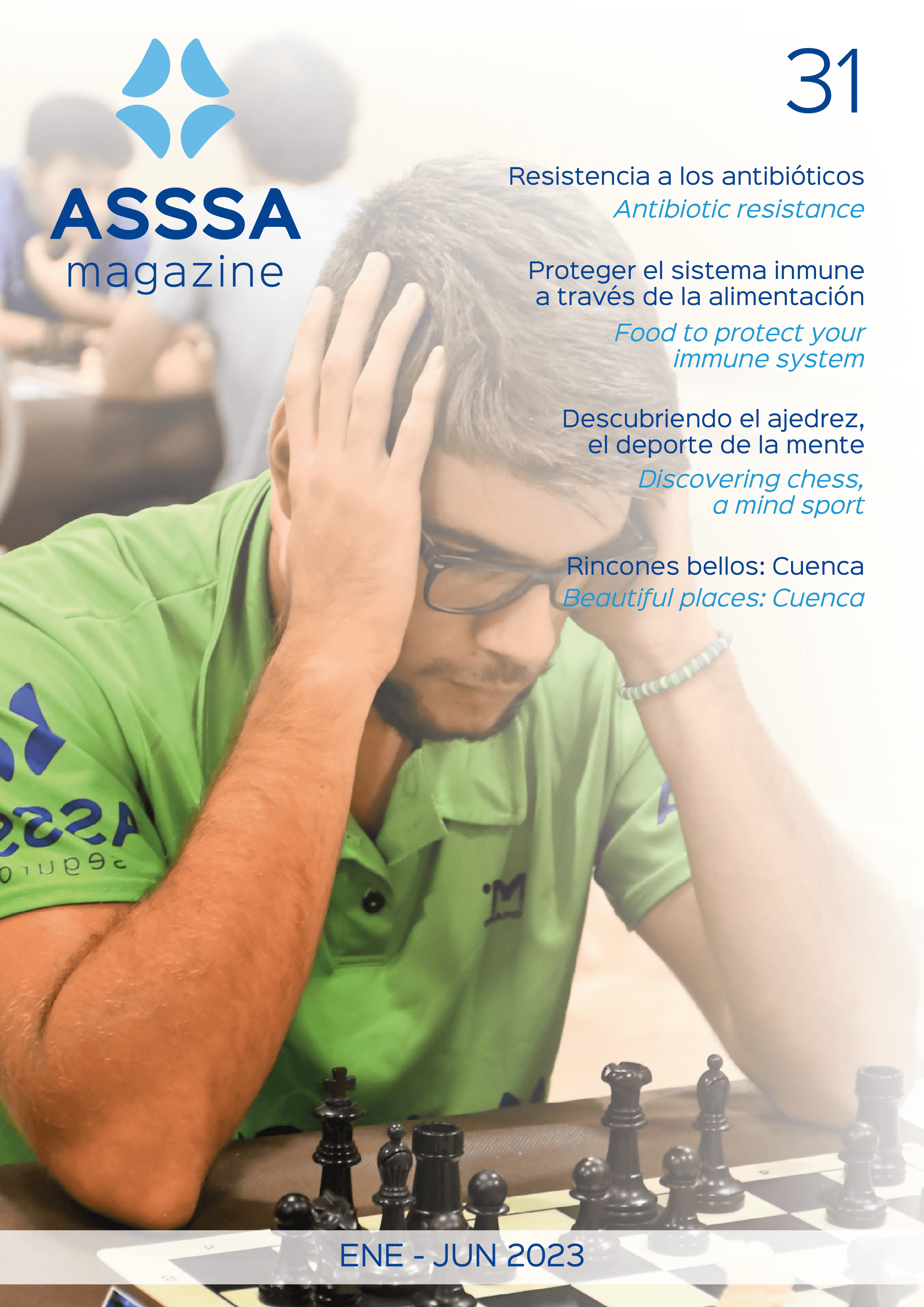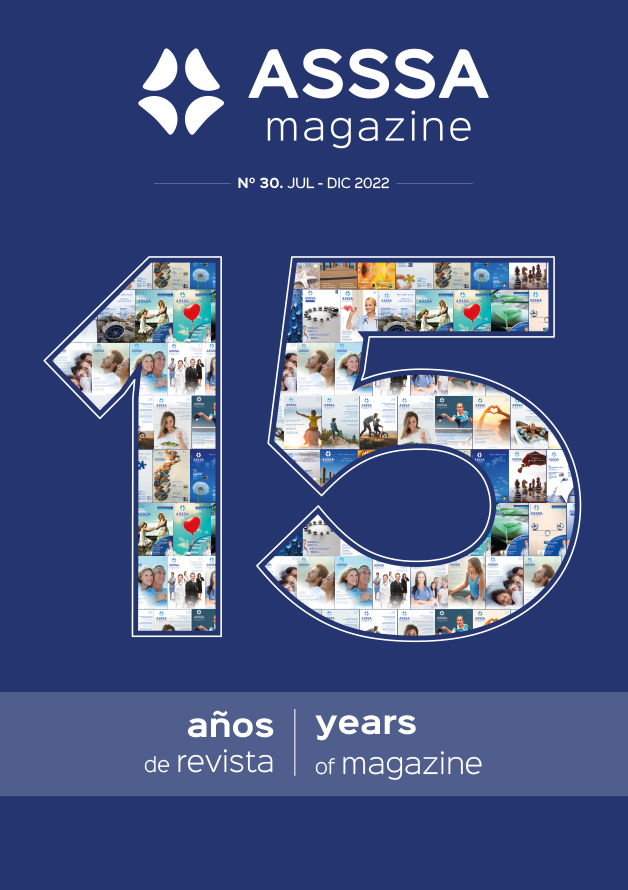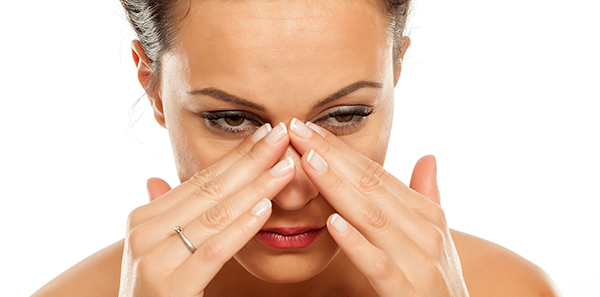
The paranasal sinuses are air-filled spaces in the skull-lined by mucous membrane, which are connected to the nasal cavity. According to their location, they are called the ethmoidal, frontal, maxillary or sphenoidal sinuses.
Sinusitis is the name given to inflammation of one or several paranasal sinuses, which can be acute or chronic. According to the cavity affected it is known as ethmoidal, frontal, maxillary or sphenoidal sinusitis.
Sinusitis is sometimes a complication of a viral or bacterial infection of the upper respiratory tract. It can affect patients with allergic rhinitis or anatomical nasal defects.
Sinusitis is more common in adults than in children, because the paranasal cavities are not fully developed until adolescence.
Practical advice in cases of sinusitis
Here is some useful advice to help you prevent and fight the symptoms of sinusitis:
Although it is almost impossible to avoid catching a cold, you can keep your immune system strong to reduce your likelihood of catching a cold and flu. This mainly involves eating a diet high in vitamin C and getting of plenty of exercise and rest.
Do your best to avoid being around people who are sneezing and coughing. Don't share cutlery or other personal items with a person who has a cold.
Avoid pollution such a cigarette smoke, car fumes, etc.
If you suffer from allergies, consult a specialist to find out about desensitization treatments that help the body to develop immunity to allergens.
Don't get accustomed to using decongestant nasal sprays or drops. Thes products may offer short-term relief, however, if you use them for extended periods your sinusitis may become chronic.
If the symptoms of sinusitis (greenish secretion or fever) do not improve or get worse after a few days of treatment at home, you should see your doctor.
ASSSA Medical Services
The information published in this media neither substitutes nor complements in any way the direct supervision of a doctor, his diagnosis or the treatment that he may prescribe. It should also not be used for self-diagnosis.
The exclusive responsibility for the use of this service lies with the reader.
ASSSA advises you to always consult your doctor about any issue concerning your health


